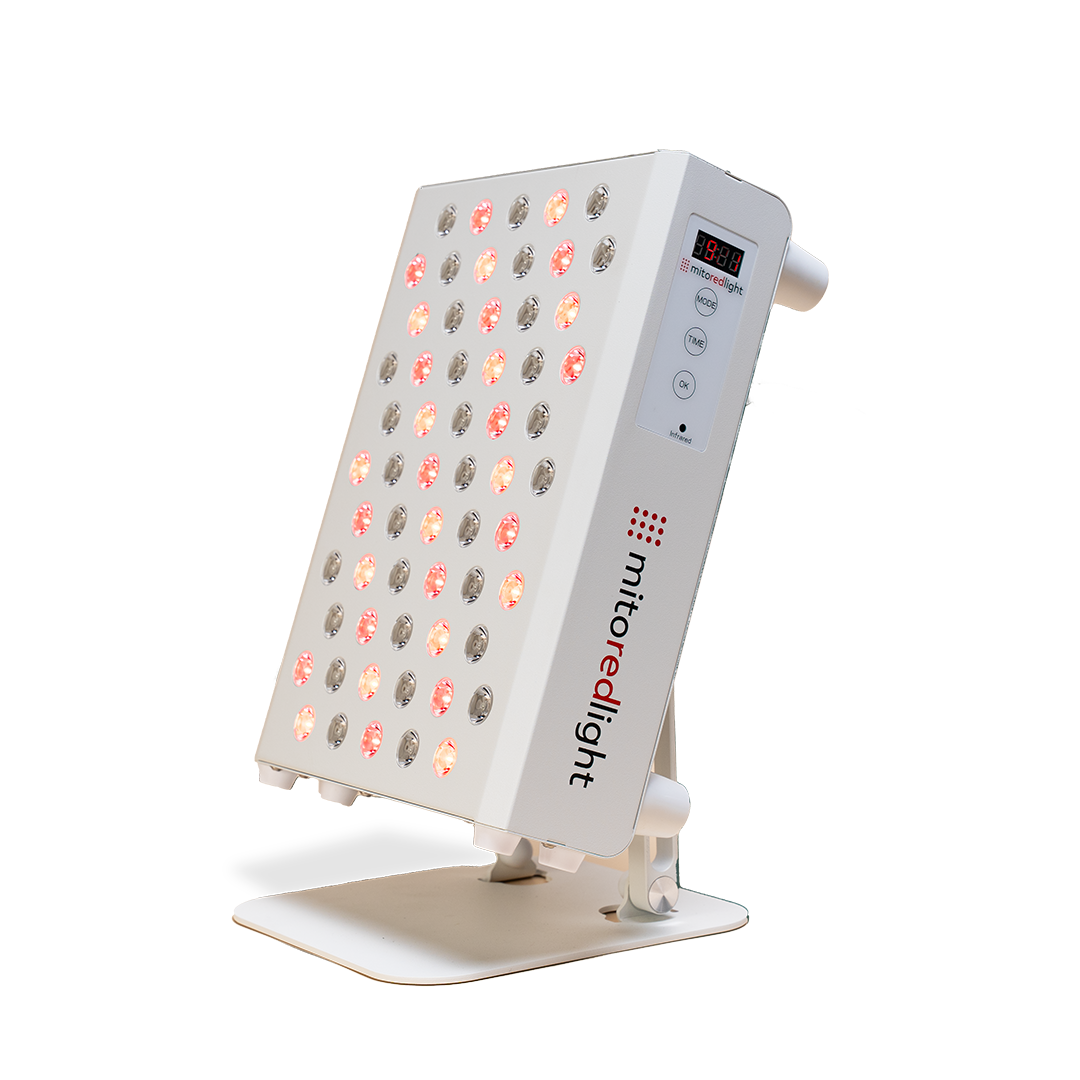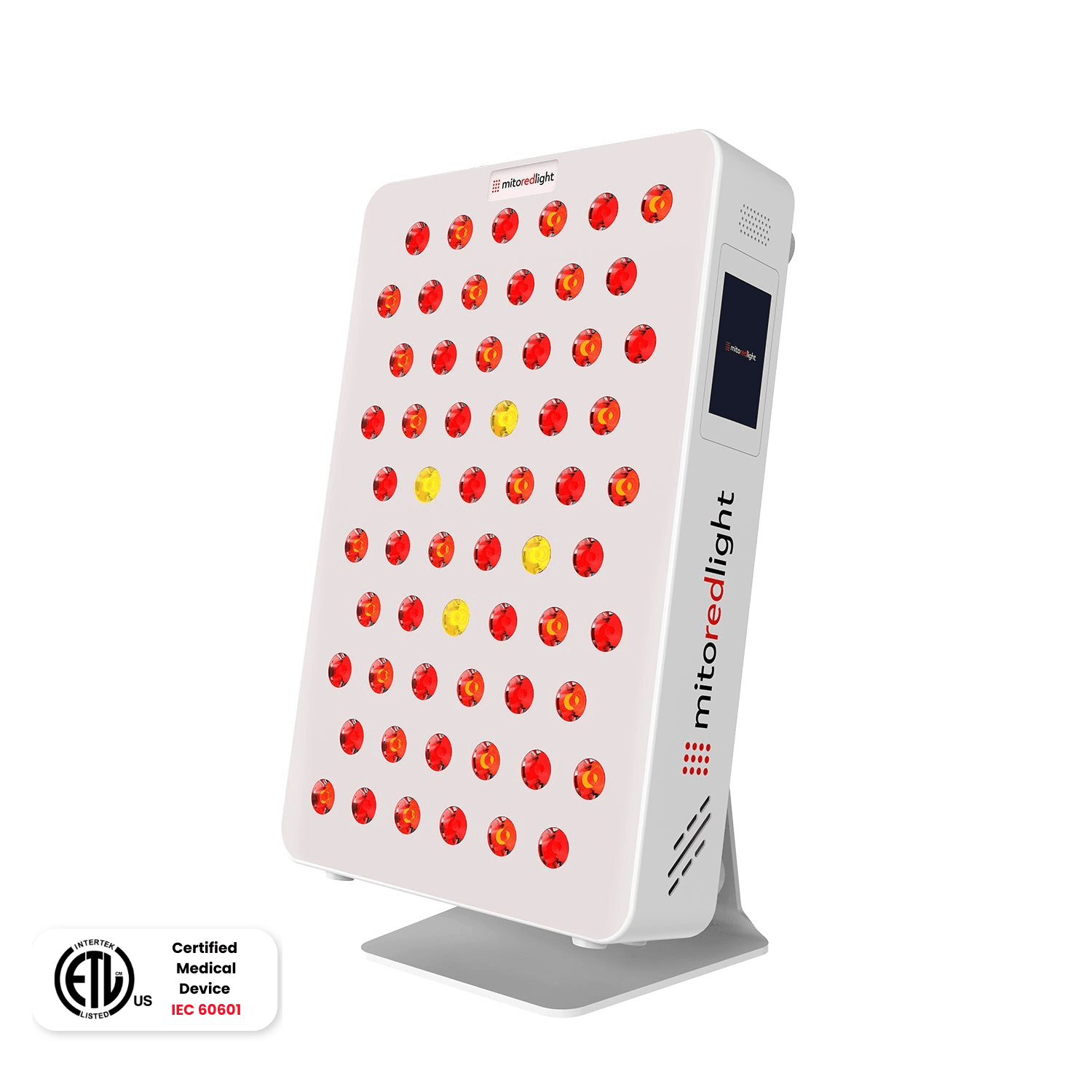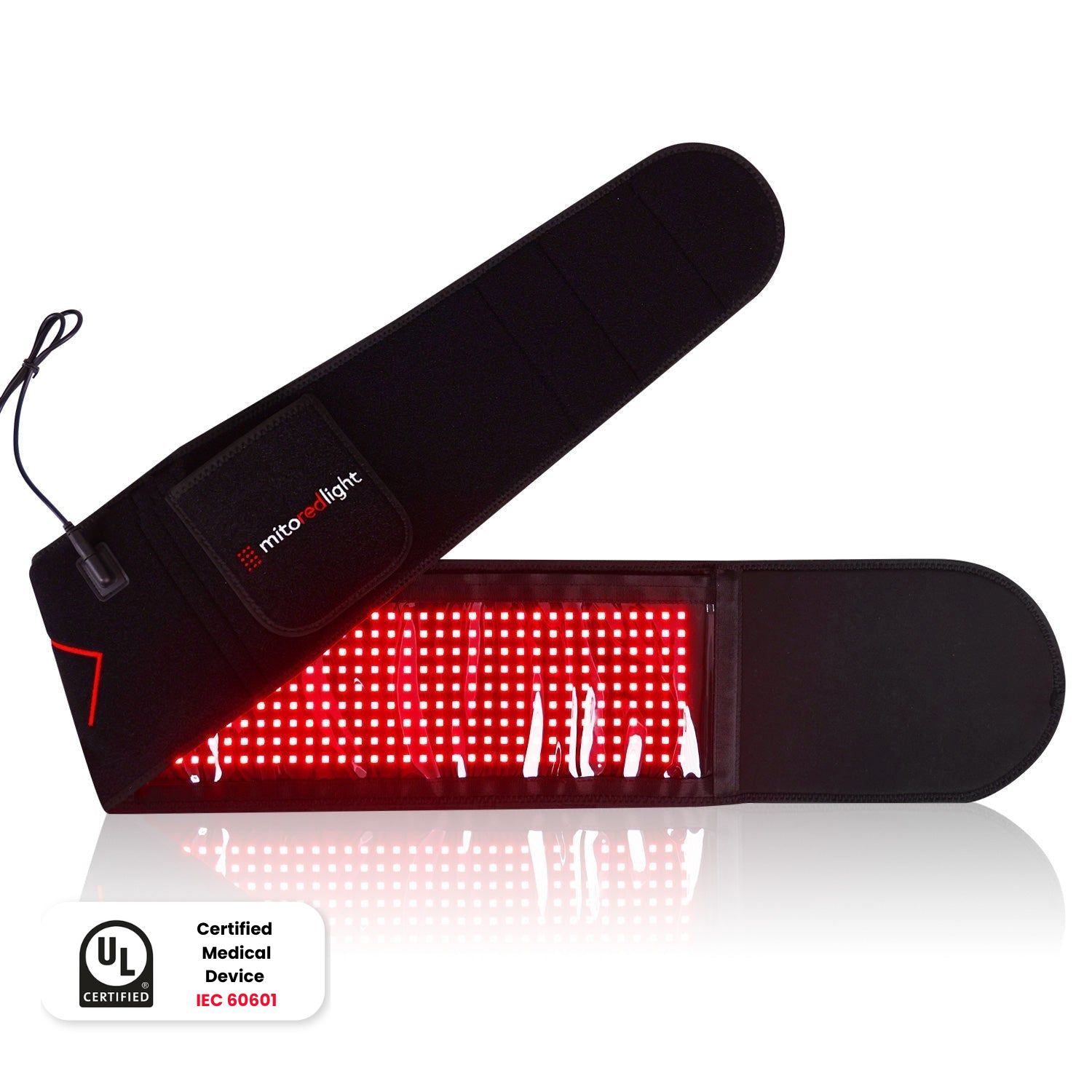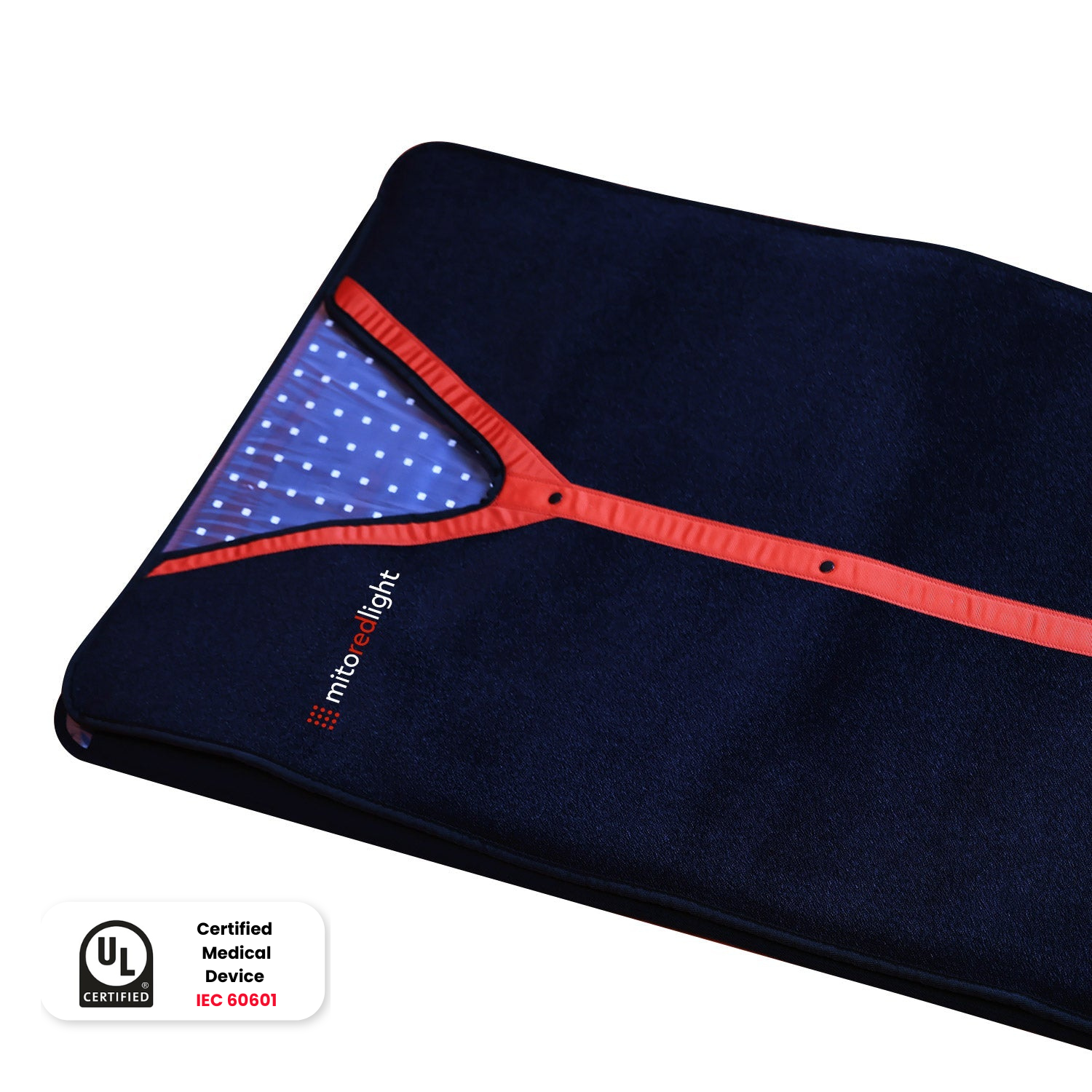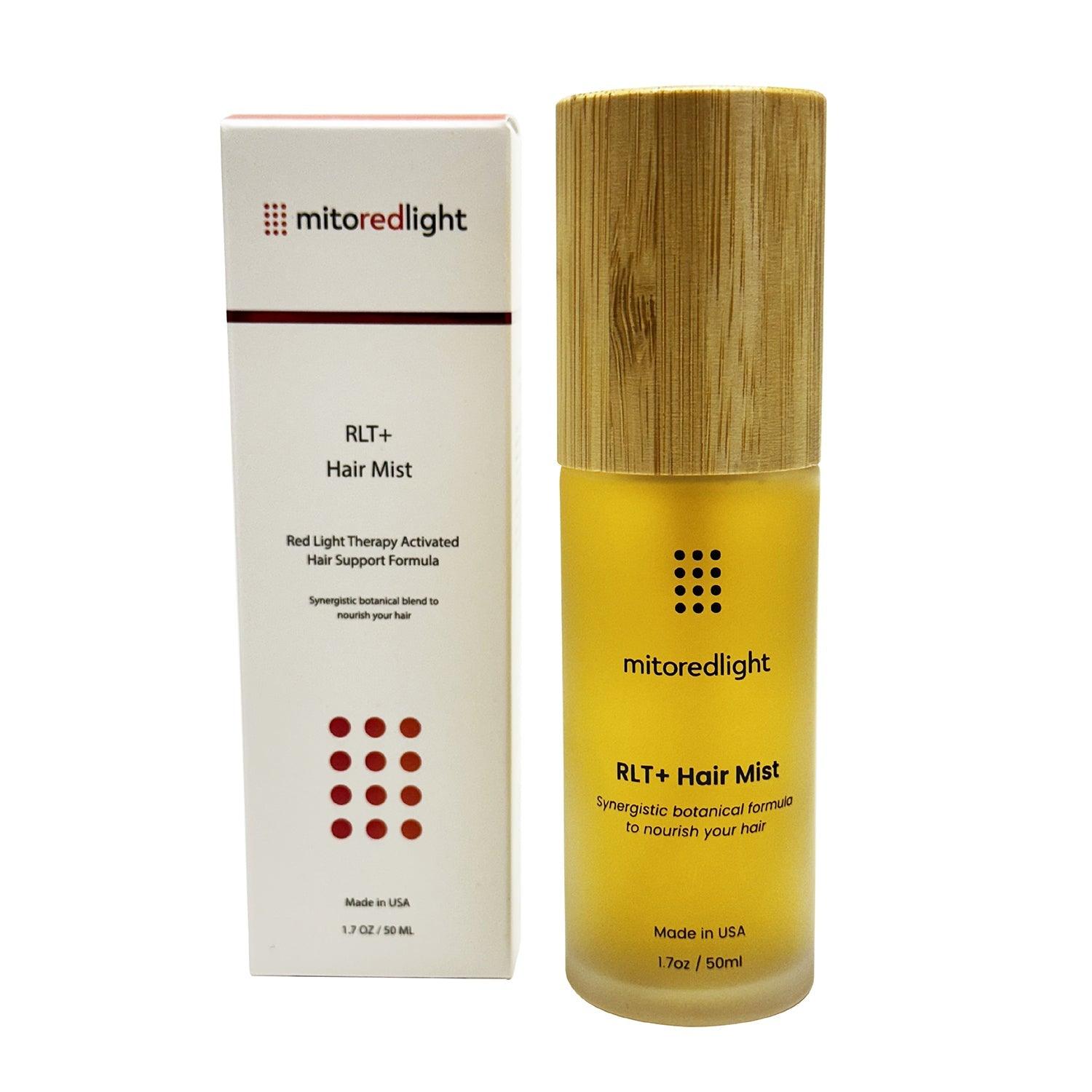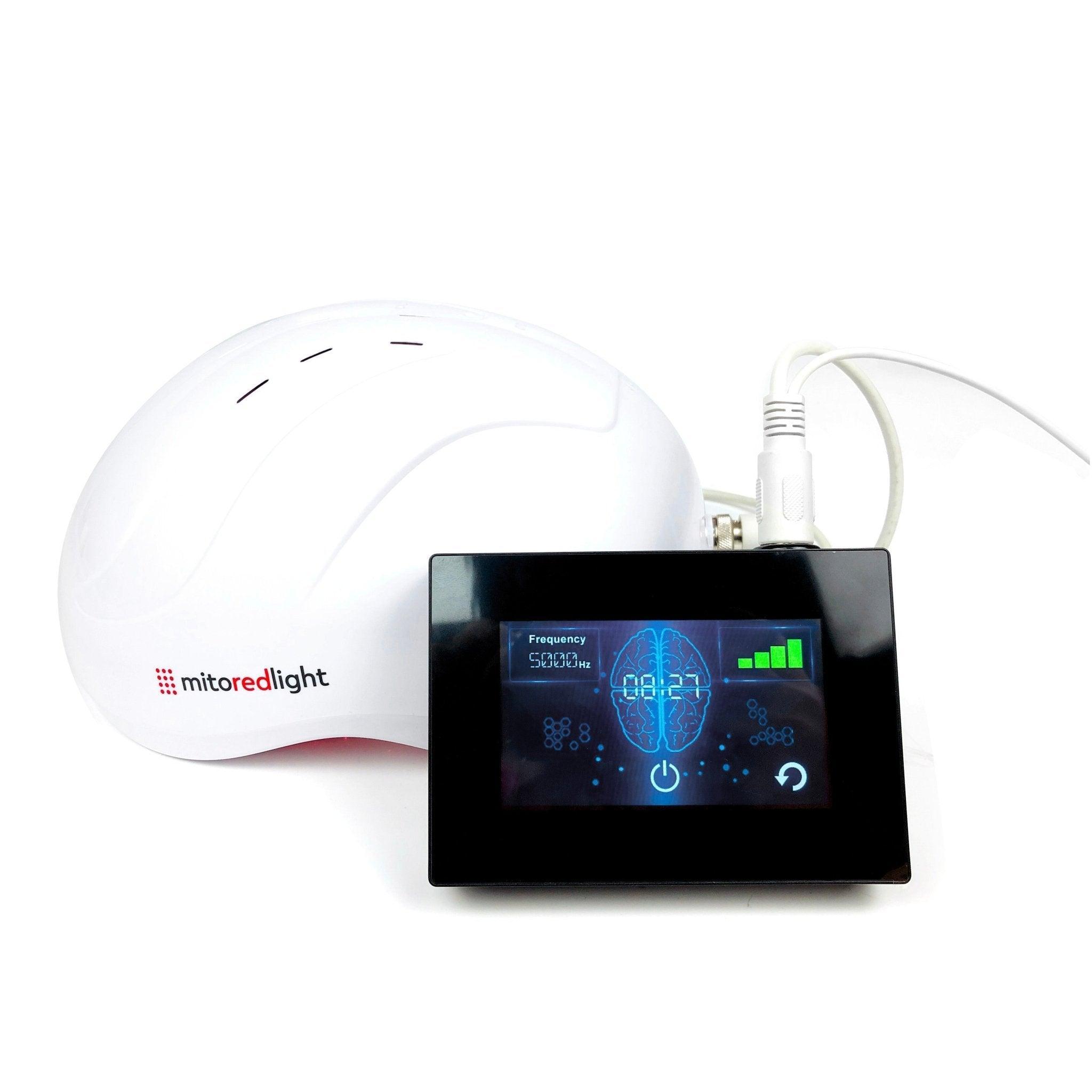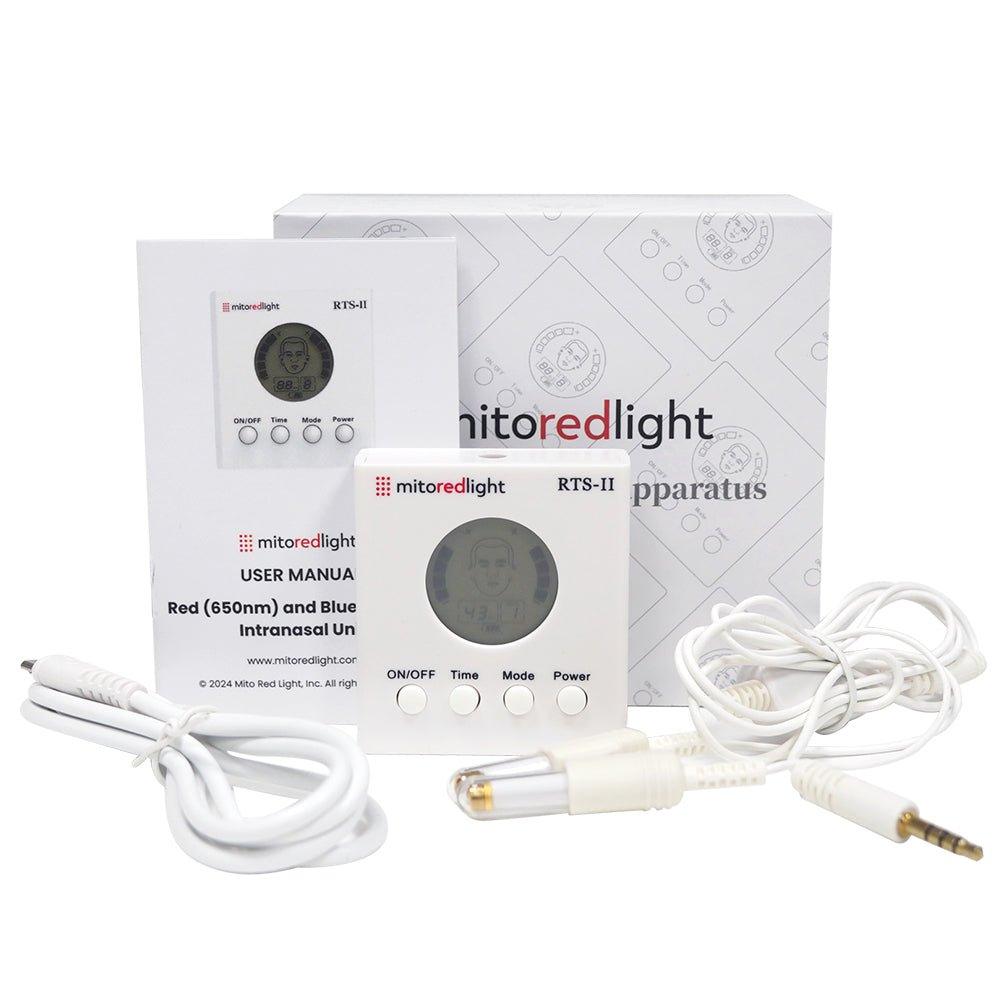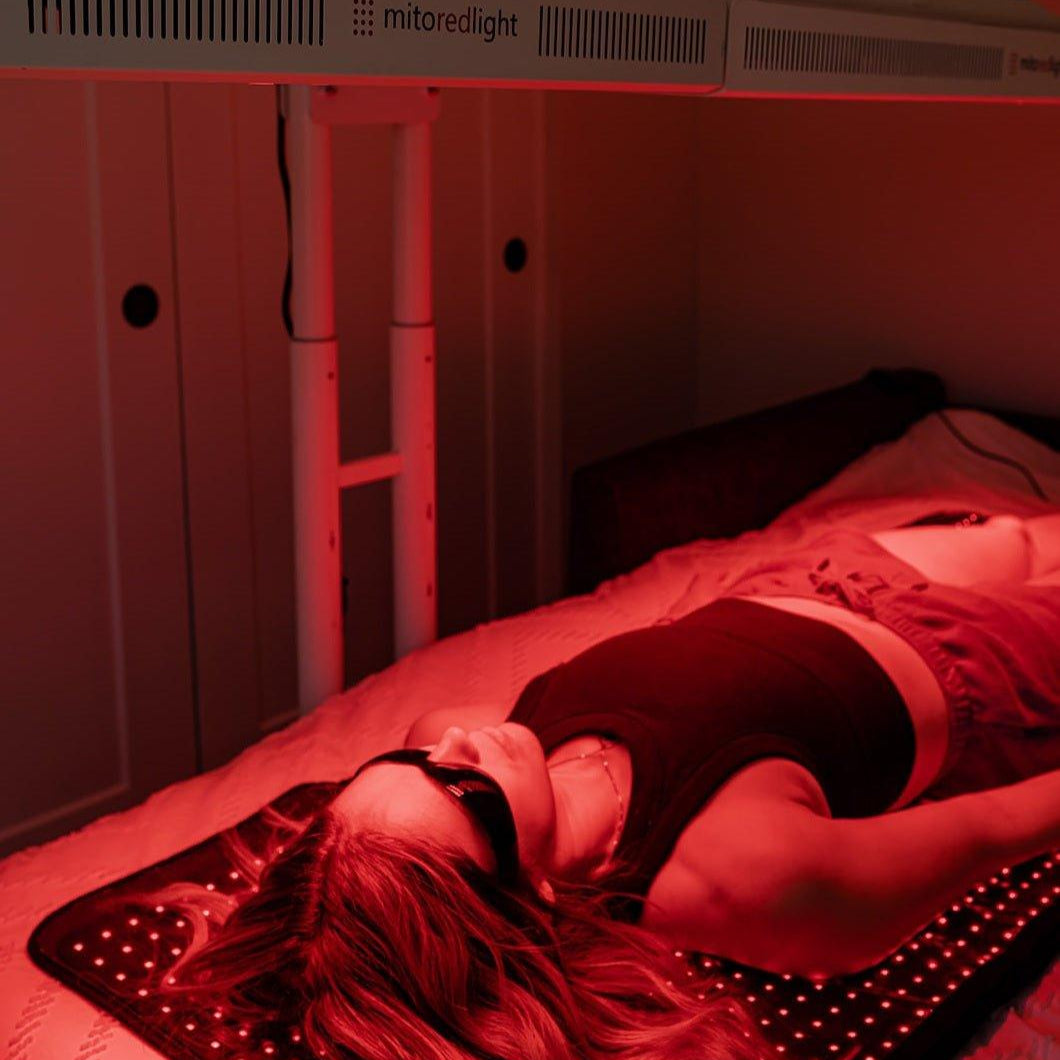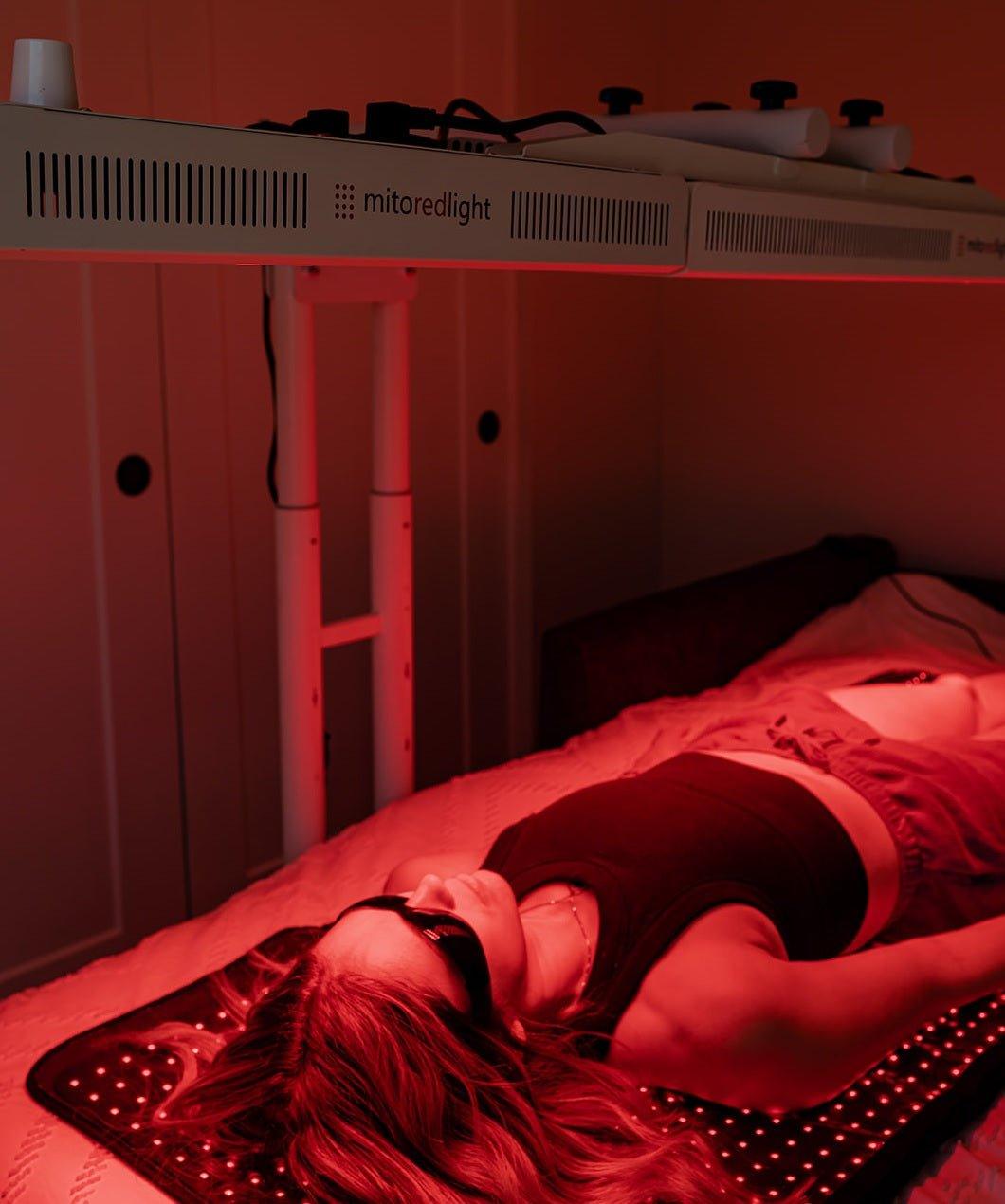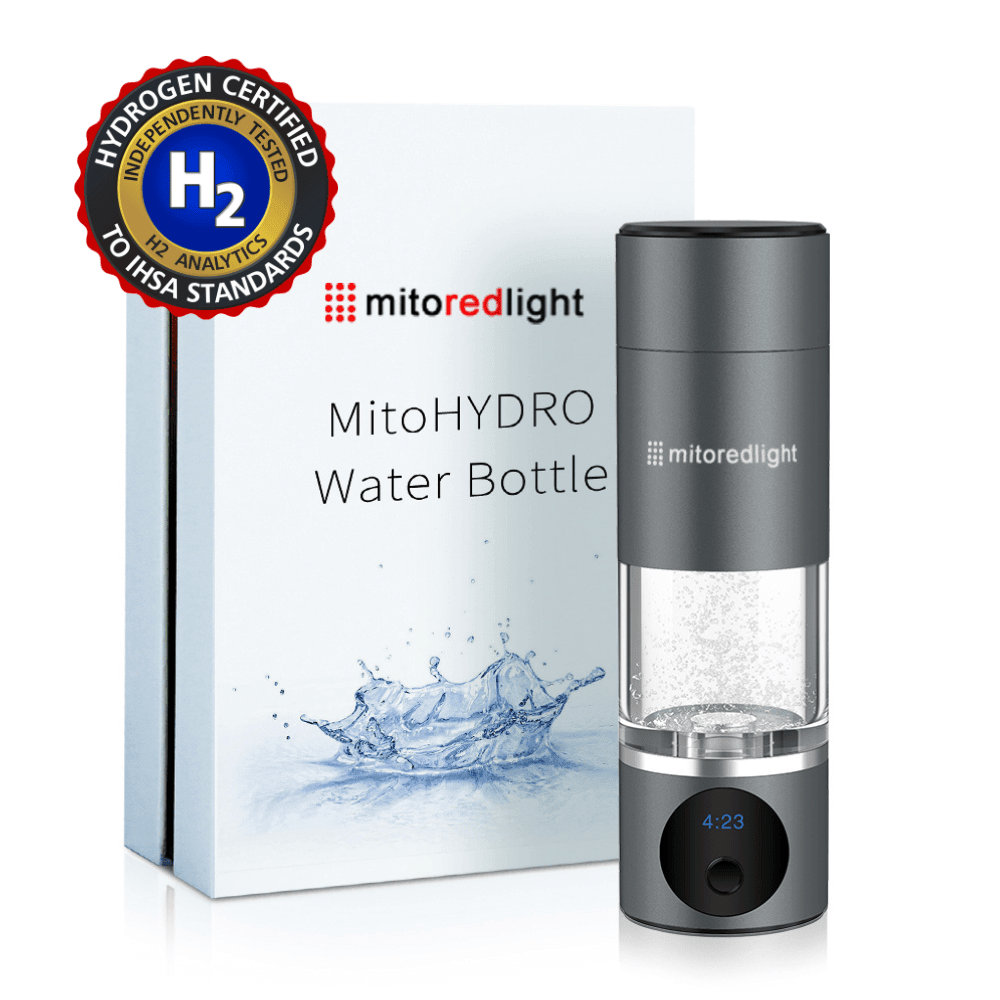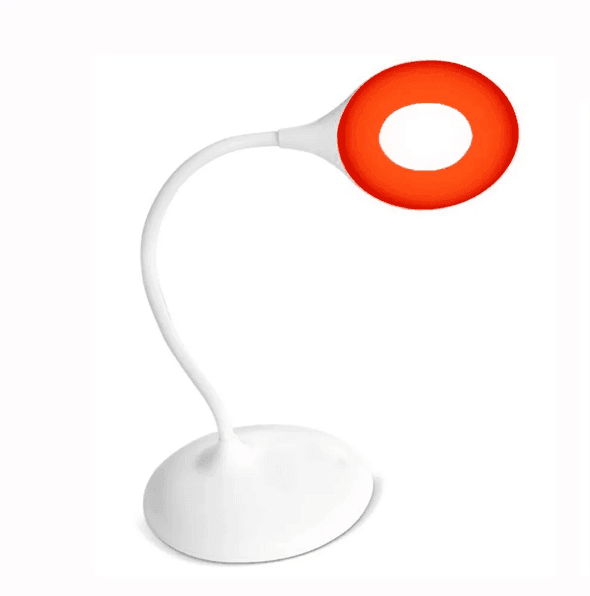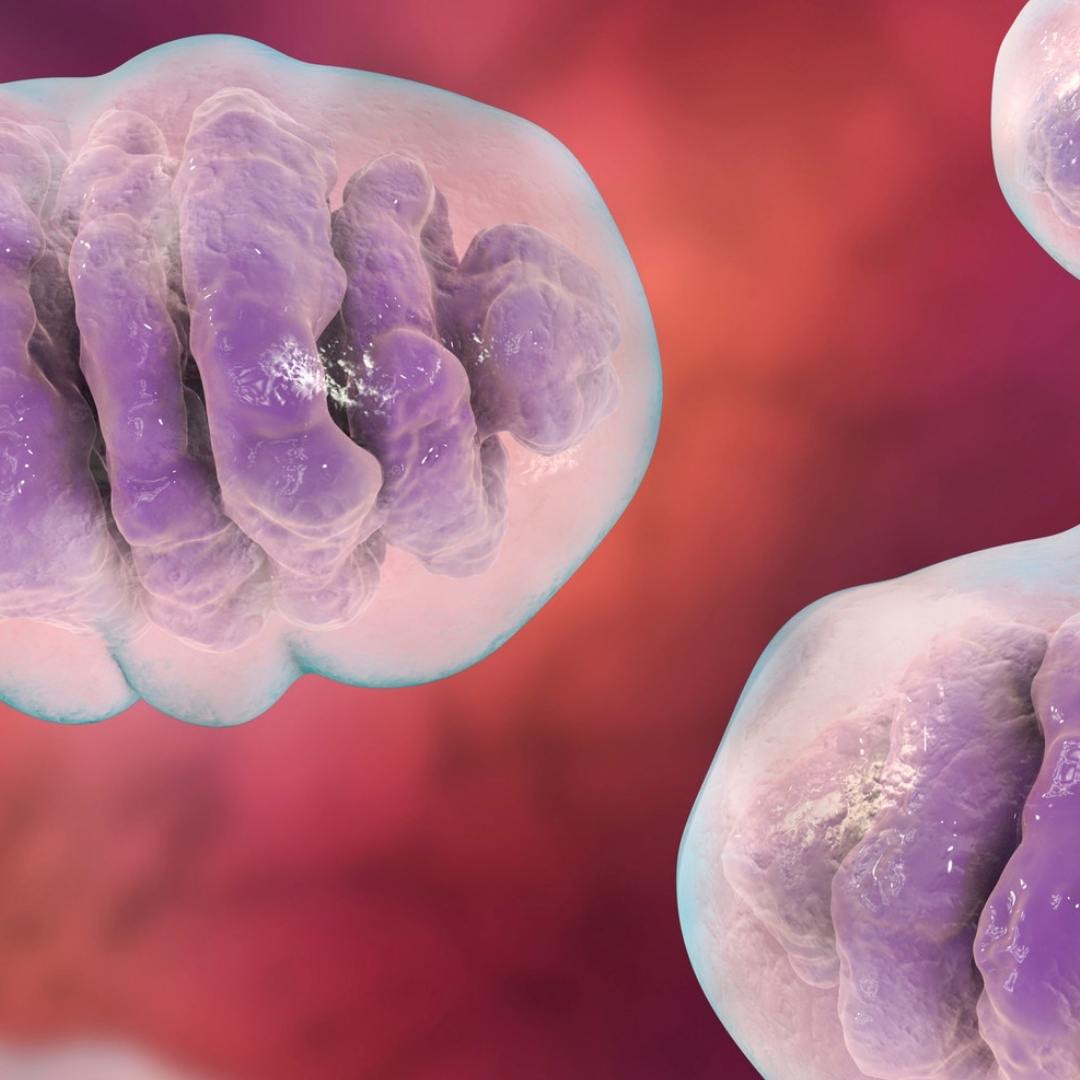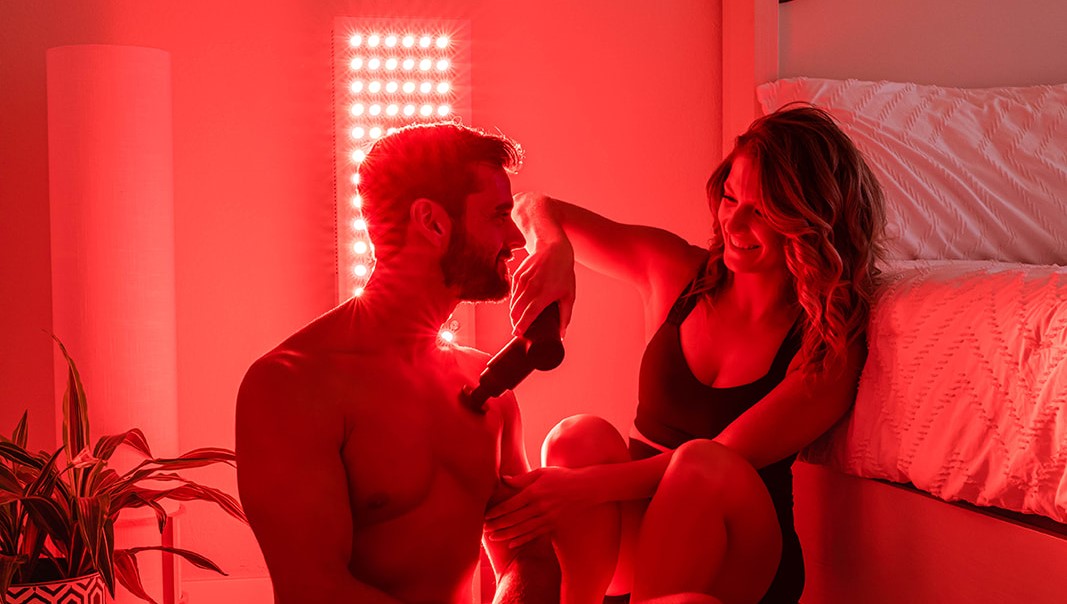Summary: Fingernails are made primarily of keratin and rely on healthy keratinocyte activity, circulation, and cellular energy to grow, and red light therapy may naturally enhance these processes by stimulating energy production and repair at the cellular level.
What Are Fingernails Composed Of
Fingernails are formed from densely packed keratin, a tough, fibrous protein produced by keratinocytes in the nail matrix beneath the cuticle. As these cells multiply and harden, they create the layered structure of the nail plate, which rests on a highly vascularized nail bed that supplies oxygen and nutrients through continuous microcirculation. In addition to keratin, nails contain small amounts of water, lipids, and minerals that maintain flexibility and prevent cracking. When hydration or nutrient levels drop, or when keratin production slows due to aging or cellular stress, nails can become brittle, thin, or dull, which can be an early sign that the biological processes supporting nail health are imbalanced.
Understanding Nail Growth and Health
Nail Growth Cycle
Nail growth begins in the matrix, the specialized tissue beneath the cuticle where keratinocytes divide and harden to form new layers of the nail plate. These cells rely on a steady supply of oxygen, nutrients, and ATP energy to sustain normal turnover. When microcirculation is strong and cellular metabolism is balanced, nails grow steadily and maintain a smooth, resilient surface.
Several factors influence the nail growth process:
-
Healthy keratinocyte activity drives the production of new nail cells
-
Adequate circulation delivers oxygen and nutrients to the nail matrix
-
Mitochondrial energy production supports continuous cell renewal
-
External stress, inflammation, and reduced blood flow can slow growth or affect nail texture
Red light therapy supports the natural renewal process of the nails by enhancing mitochondrial function and improving local circulation, both of which play important roles in cellular repair and growth. Research has shown that exposure to red and near-infrared light can influence the expression of genes involved in inflammation, fibroblast activity, and tissue remodeling [1]. These effects help create optimal conditions for keratinocyte function and collagen support, two key factors in the strength and resilience of the nail plate and surrounding skin. By promoting cellular communication and microvascular health, red light therapy may contribute to smoother, healthier nail growth over time.

What Makes Nails Brittle or Soft
Nails become brittle or soft when the balance between keratin production, hydration, and lipid content is disrupted. Low moisture or nutrient levels can weaken the keratin structure, while environmental factors such as harsh solvents, repeated washing, or UV exposure can strip protective lipids from the nail plate. Systemic factors like aging and oxidative stress further reduce the efficiency of keratinocyte renewal, leading to thinner, more fragile nails that split or peel easily.
Several key factors contribute to weak or brittle nails:
-
Insufficient hydration, which reduces flexibility and causes cracking
-
Loss of natural oils or lipids that normally protect the nail plate
-
Slower keratinocyte activity due to aging or nutrient deficiencies
-
Environmental or chemical exposure that disrupts nail surface integrity
Light-based therapies may help improve the environment in which these structural processes occur. By reducing inflammation and supporting cellular recovery, red light therapy encourages more stable keratin formation and tissue integrity. Clinical research has shown that light therapy can promote healing and decrease inflammation in damaged nail tissue, leading to visibly healthier surrounding skin and stronger nails over time [2]. Together with its ability to enhance microcirculation and cellular energy, red light therapy offers a supportive approach to maintaining nail strength and resilience.
Nail Color and Overall Health
Healthy nails often have a soft pink tone that reflects strong circulation and oxygen-rich blood beneath the nail bed. When these processes slow, nails can lose their color or develop a dull, uneven appearance. Because nail tissue depends on a steady supply of oxygen and nutrients, maintaining proper blood flow is essential for both nail vitality and overall hand health.
Several factors influence nail color and appearance:
-
Circulation and oxygen delivery to the nail bed
-
Cellular energy production that supports growth and clarity
-
Hydration and nutrient availability within nail tissue
-
Inflammation or tissue damage around the nail folds
Circulation, Oxygenation, and Nail Appearance
Red light therapy can help sustain these processes by improving local blood flow and cellular metabolism, both of which contribute to healthy nail color and structure. Enhanced circulation allows more oxygen and nutrients to reach the nail matrix, supporting consistent renewal and growth. Clinical research on light-based therapies using multiple wavelengths, including red and blue light, has shown visible improvements in nail clarity and tissue recovery following treatment, suggesting that enhanced circulation and reduced inflammation play a role in maintaining healthier-looking nails [3]. These findings highlight how light stimulation can promote tissue repair and more vibrant nail appearance through improved cellular and vascular function.

Mechanisms of Red Light Therapy for Nail Health
Red light therapy supports nail health through several interconnected biological pathways that influence both the nail plate and surrounding tissue. The process begins at the cellular level, where red and near-infrared wavelengths are absorbed by mitochondrial chromophores, primarily cytochrome c oxidase. This interaction increases adenosine triphosphate (ATP) production, providing more energy for cell renewal and repair. Enhanced mitochondrial activity fuels keratinocyte division in the nail matrix, promoting stronger keratin formation and steadier nail growth [4].
Several key mechanisms contribute to this process:
-
Mitochondrial activation increases ATP production, providing the energy needed for keratinocyte and fibroblast function
-
Fibroblast stimulation supports collagen synthesis and tissue remodeling, strengthening the nail bed and surrounding skin [1]
-
Inflammation modulation reduces cytokine activity that can interfere with keratin formation and tissue repair
-
Microcirculation enhancement improves oxygen and nutrient delivery to the nail matrix, supporting steady nail growth [2,3]
Cellular and Structural Benefits
The combined result of these mechanisms is a more supportive environment for healthy nail formation. Increased fibroblast and collagen activity helps maintain the integrity of the nail bed, creating a smoother surface for attachment and growth. Improved circulation delivers vital nutrients and oxygen to the nail matrix, encouraging consistent renewal and a healthy pink tone. By enhancing cellular energy, tissue remodeling, and vascular function, red light therapy may help promote the biological conditions needed for stronger, clearer, and more resilient nails over time [5].
How Red Light Reaches and Benefits the Nails
Red light can pass through the nail plate and reach the living tissue beneath it, where new nail cells form. The skin around the nails, known as the nail folds, contains a dense network of small blood vessels and fibroblast cells that respond well to light stimulation. When exposed to red or near-infrared wavelengths, these cells increase energy production, improve circulation, and support collagen remodeling, all of which help create a healthy environment for nail growth.
Research on skin and nail tissue shows that:
-
Red light wavelengths between about 630 and 660 nanometers reach the nail bed and surrounding tissue
-
Near-infrared light in the 800 nanometer range can penetrate more deeply to support circulation and tissue repair
-
Regular exposure may help improve nail texture, clarity, and strength over time
-
Gentle, consistent treatments encourage healthy cell activity without heat or irritation
These wavelengths are noninvasive yet powerful enough to influence the cells that fuel nail growth. Over time, consistent use may help promote stronger, smoother nails by supporting the biological processes that keep skin and connective tissue healthy.

Using Red Light Therapy for Nail Care at Home
Red light therapy can be easily added to a home wellness routine with compact, medical-grade devices designed for targeted use. Since nail health depends on consistent exposure rather than high intensity, smaller panels and portable designs can deliver effective results when used a few times per week. The goal is to position the light so it reaches both the top of the nails and the surrounding skin where new growth begins.
The MitoPRO Mobile is ideal for focused nail care or quick, portable sessions. It uses a combination of five wavelengths including 630 nanometers and 660 nanometers in the red spectrum and 810 nanometers, 830 nanometers, and 850 nanometers in the near-infrared range to support both surface-level renewal and deeper tissue recovery. With an irradiance of about 40 milliwatts per square centimeter at three inches (spectroradiometer), it provides therapeutic intensity while remaining gentle on skin. Its flip-out stand makes it easy to position in front of the fingernails or toenails for even coverage during short, consistent sessions.
The MitoQUAD Belt offers a flexible, wrap-around format that also provides hands-free coverage for both hands and feet. It delivers a blend of 630 nanometers and 660 nanometers red light along with 810 nanometers and 850 nanometers near-infrared light, maintaining a 67 percent near-infrared to 33 percent red ratio. Each belt contains 1,215 LED chips with triple-diode construction, ensuring uniform exposure across the treatment area. With an irradiance of 18 milliwatts per square centimeter (spectroradiometer), it provides a gentle but steady dose of light that can be used comfortably while reading or relaxing.
Both devices use the same scientifically supported wavelength ranges found to enhance circulation, collagen support, and cellular activity in skin and nail tissue. Regular use can help maintain smoother, clearer, and stronger-looking nails while also supporting the surrounding skin’s tone and hydration.
The Takeaway
Healthy nail growth depends on balanced circulation, hydration, and cellular renewal within the nail matrix. While some research using both red and blue light has shown improvements in nail clarity, the blue wavelength likely contributed to antimicrobial effects, whereas red light supported healing and tissue repair. For general nail health, red and near-infrared light remain the most relevant, as they promote energy production, microcirculation, and collagen support within the surrounding tissue [5].
Consistent use of red light therapy can help create the right conditions for stronger, smoother, and healthier-looking nails. Devices like the MitoPRO Mobile and MitoQUAD Belt deliver these clinically supported wavelengths safely and conveniently, making it easy to incorporate light therapy into a weekly nail care routine.
References:
1. Mignon, C., Uzunbajakava, N. E., Castellano-Pellicena, I., Botchkareva, N. V., & Tobin, D. J. (2018). Differential response of human dermal fibroblast subpopulations to visible and near-infrared light: Potential of photobiomodulation for addressing cutaneous conditions. Lasers in Surgery and Medicine, 50(8), 859–882. Available at https://doi.org/10.1002/lsm.22823
2. Rerknimitr P., Wongthanakitcharoen P., & Chatdokmaiprai C. (2021). Red light emitting diode as an adjuvant treatment for epidermal growth factor receptor inhibitor-induced paronychia: A randomized controlled trial. Photodermatology, Photoimmunology & Photomedicine, 37(5), 392–398. Available at https://pubmed.ncbi.nlm.nih.gov/33961534/
3. Zang, K., Sullivan, R., & Shanks, S. (2017). A retrospective study of non‐thermal laser therapy for the treatment of toenail onychomycosis. Journal of Lasers in Medical Sciences, 8(Suppl 1), S8–S12. Available at https://pmc.ncbi.nlm.nih.gov/articles/PMC5479474/
4. Alghamdi K. M., Kumar A., & Moussa N. A. (2012). Low-level laser therapy: A useful technique for enhancing the proliferation of various cultured cells. Lasers in Medical Science, 27(1), 237–249. Available at https://doi.org/10.1007/s10103-011-0885-2
5. Barolet D., & Boucher A. (2010). Prophylactic low-level light therapy for the treatment of hypertrophic scars and keloids: A case series. Lasers in Surgery and Medicine, 42(6), 597–601. Available at https://doi.org/10.1002/lsm.20952
DISCLAIMER: Mito Red Light devices are Class II wellness devices aimed at affecting the body through supporting cellular function. The information provided in this article and on this site is for educational purposes only and is not intended to imply effectiveness of Mito Red Light devices for any specific application. The information provided in this article and on this site is not intended to diagnose, treat, cure, or prevent any disease, is not a substitute for consultation with a licensed medical provider and should not be construed as medical advice. Click here to read our article on potential contraindications of red light therapy..
